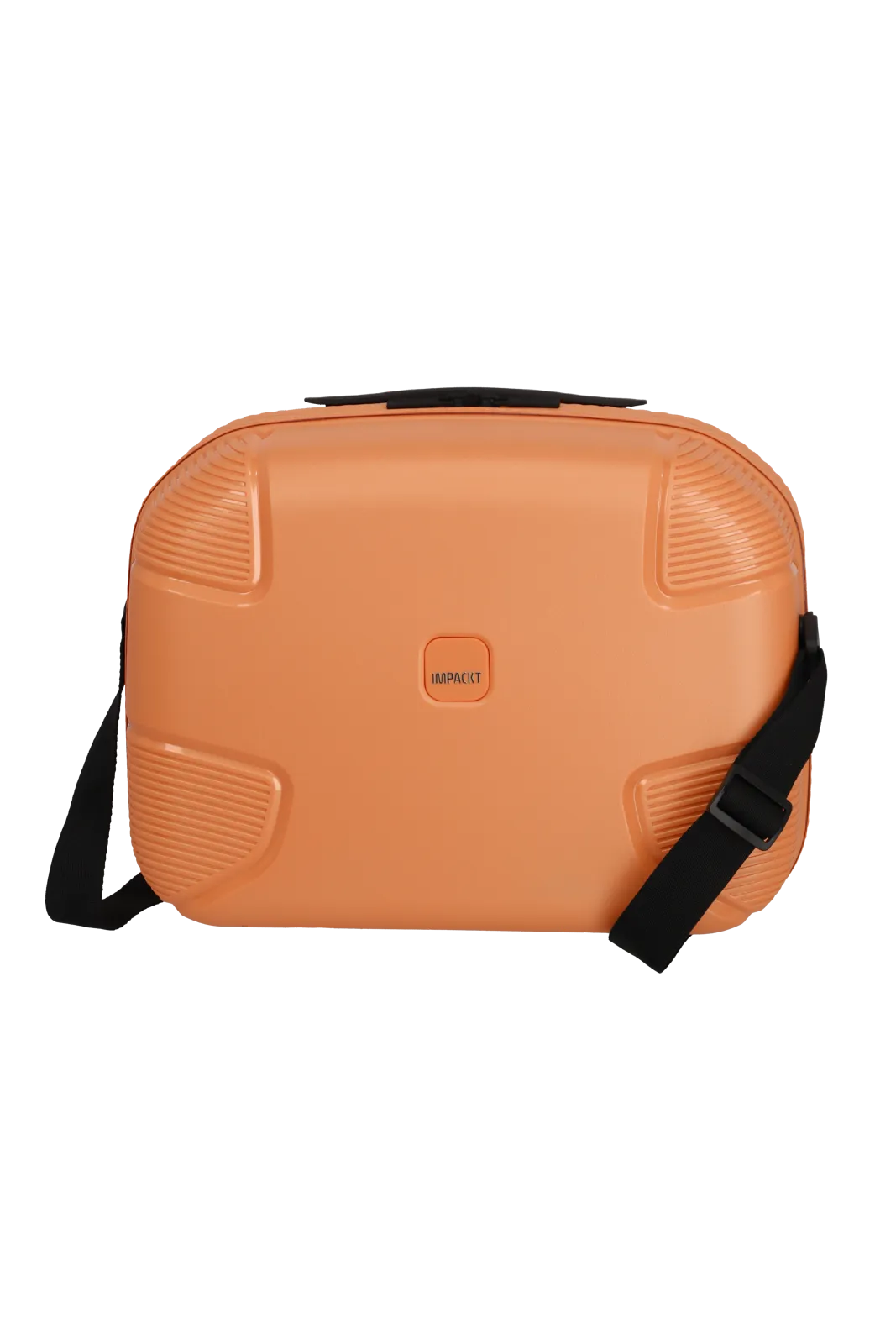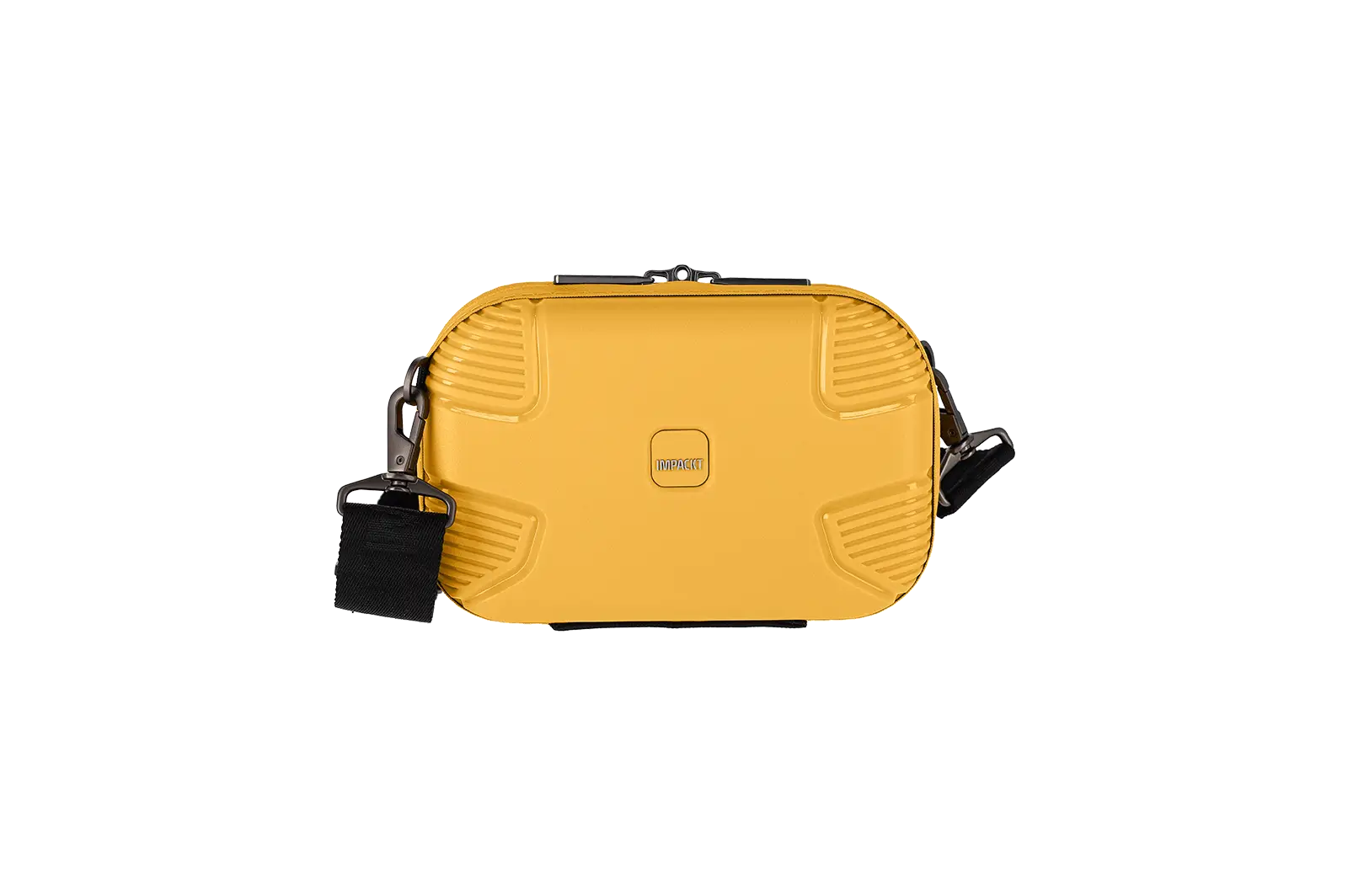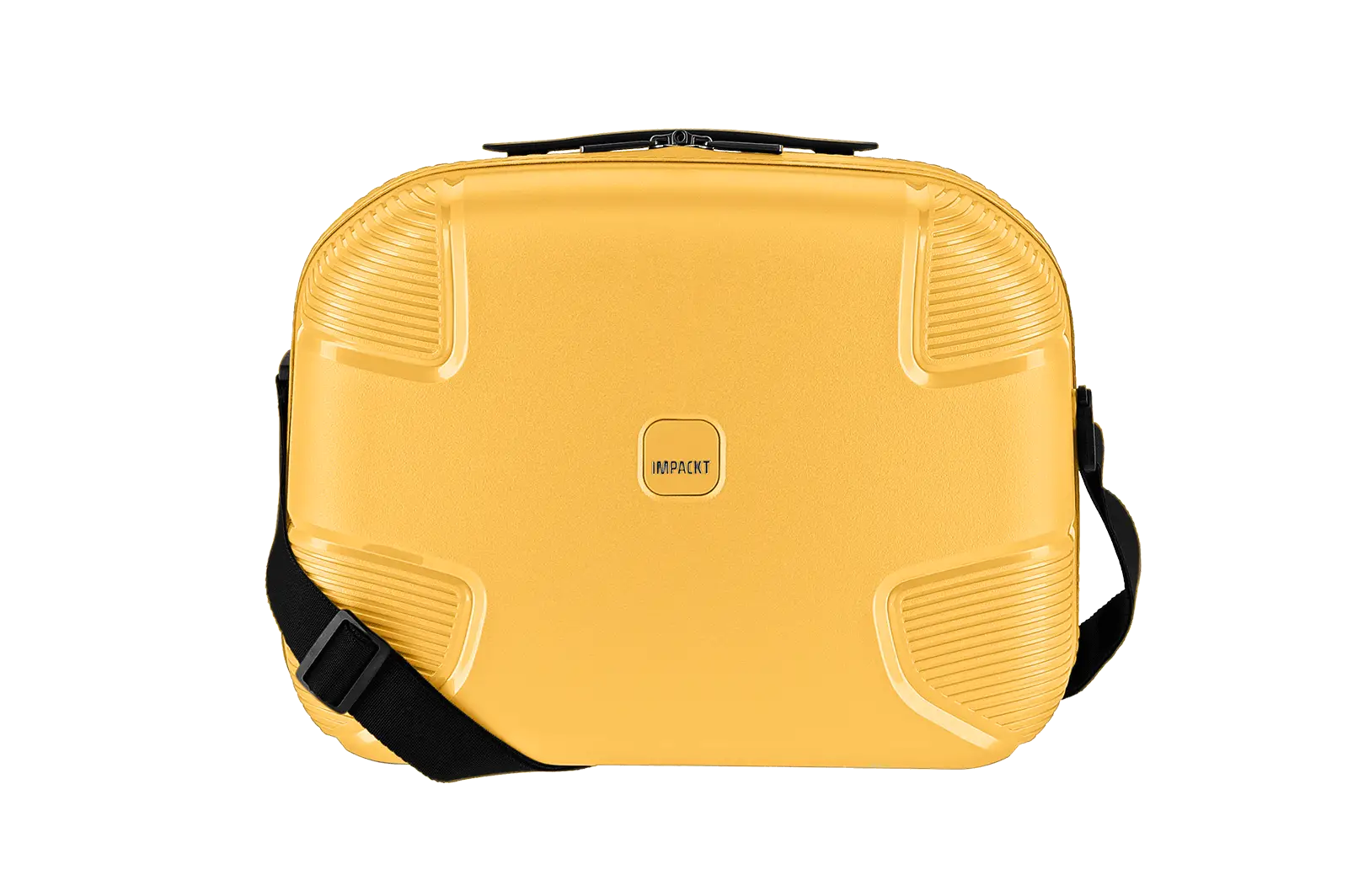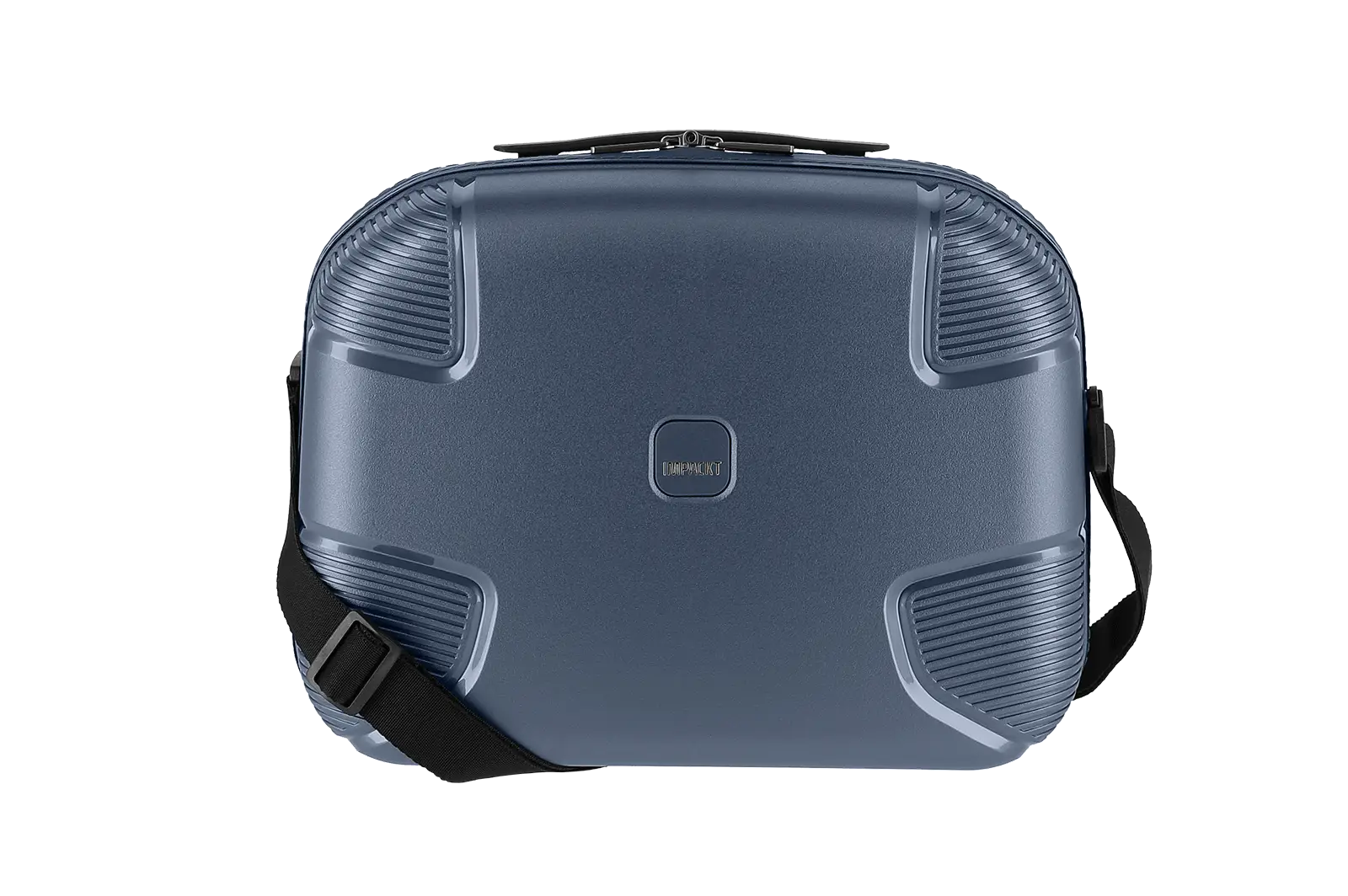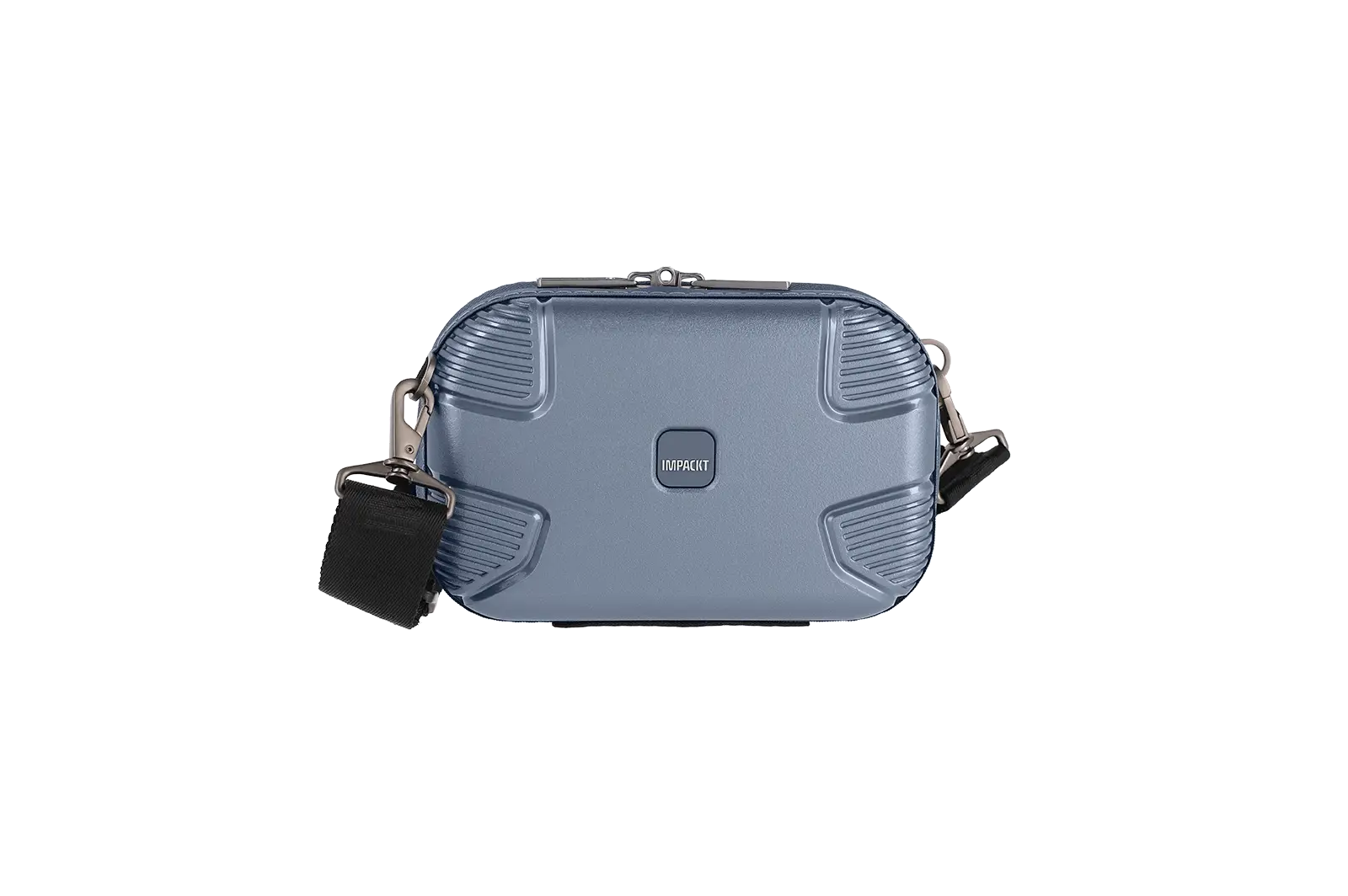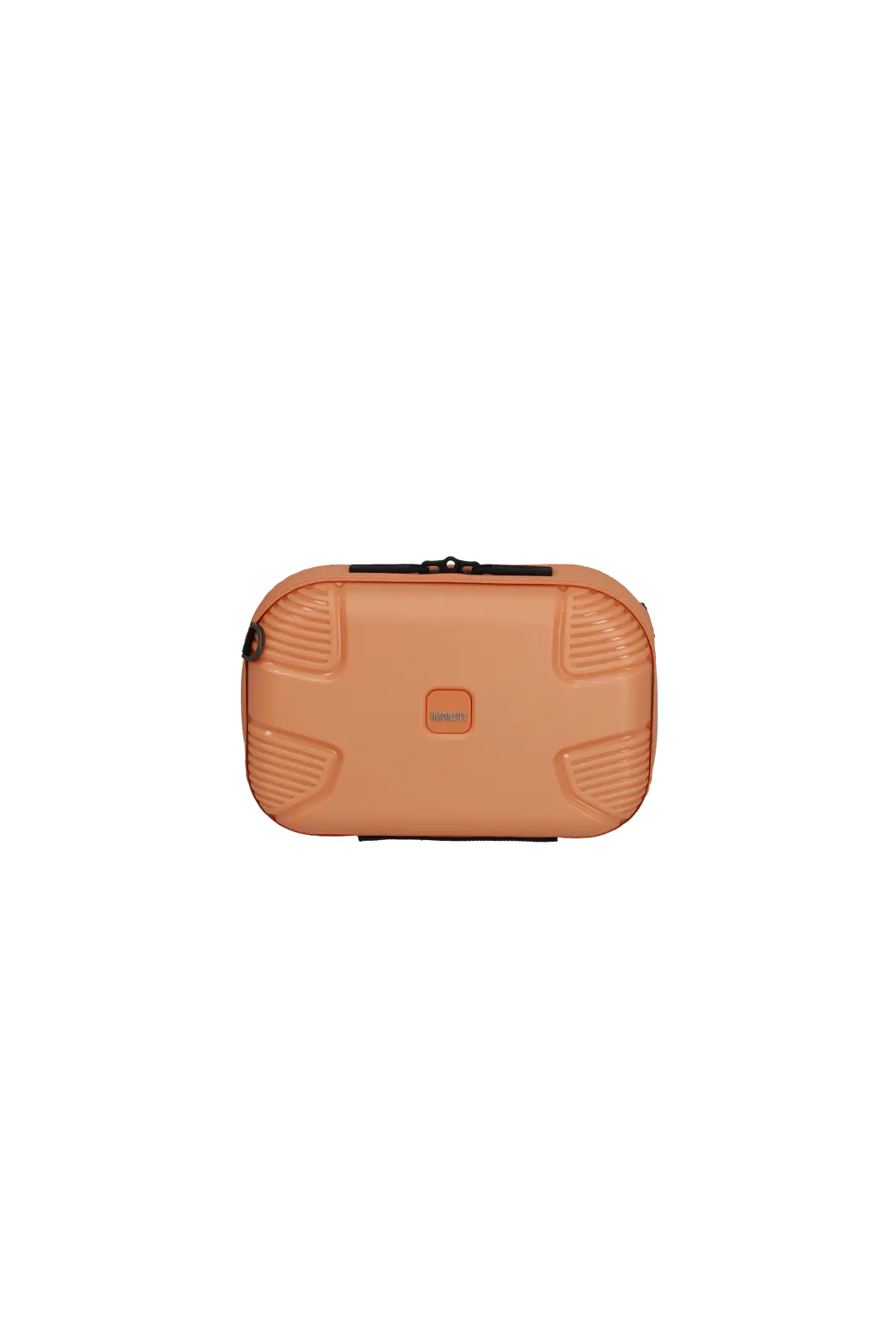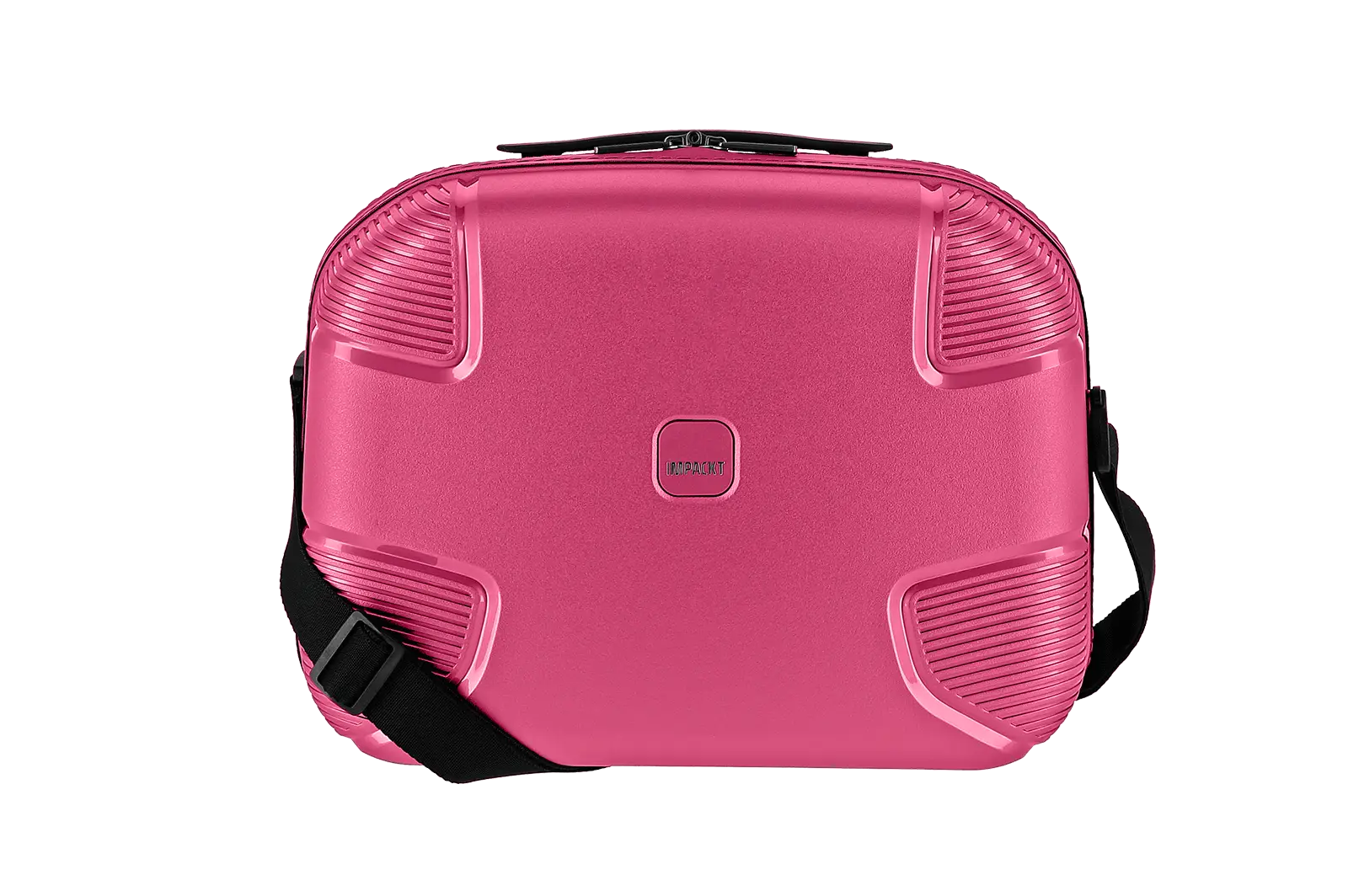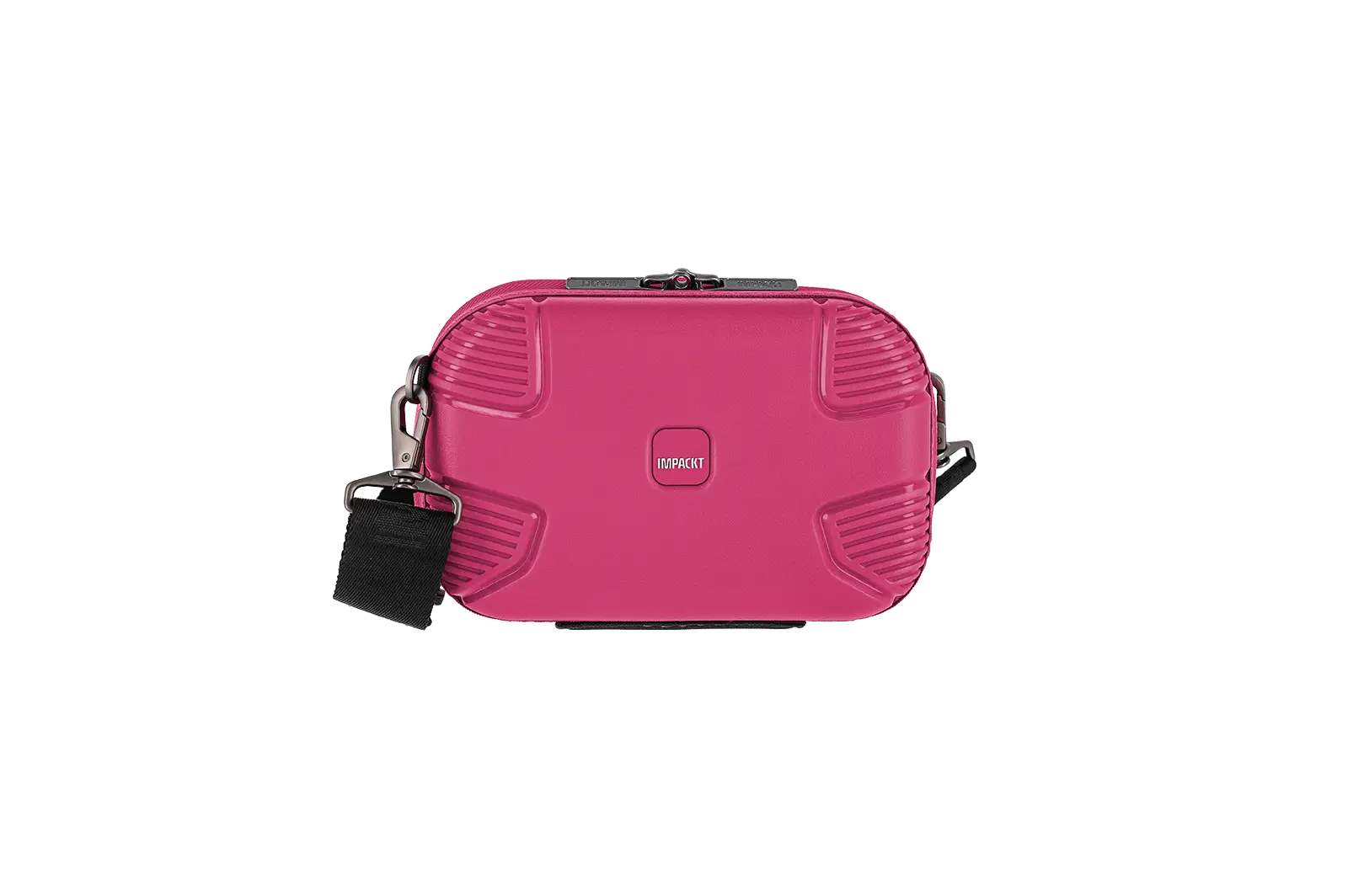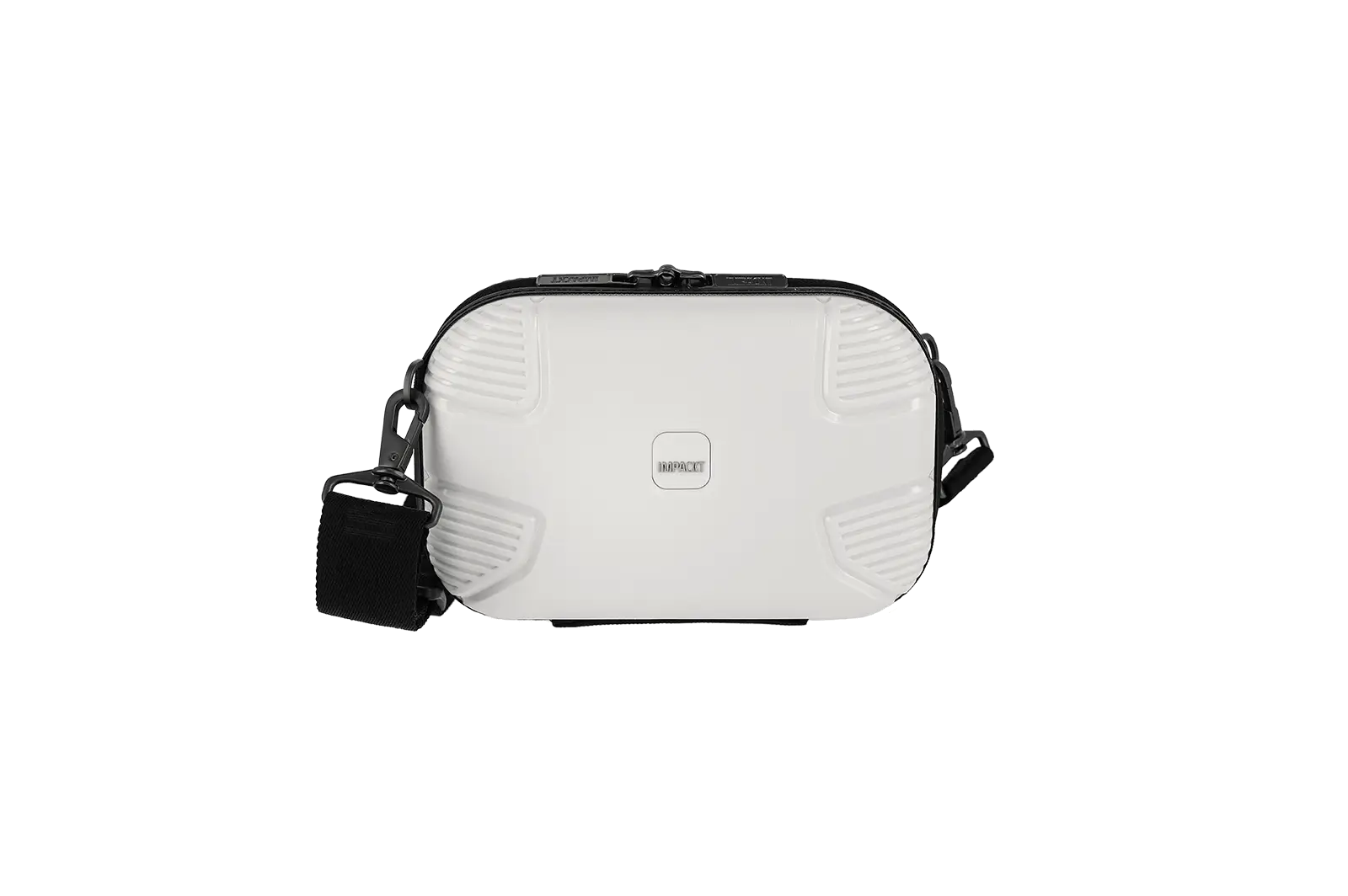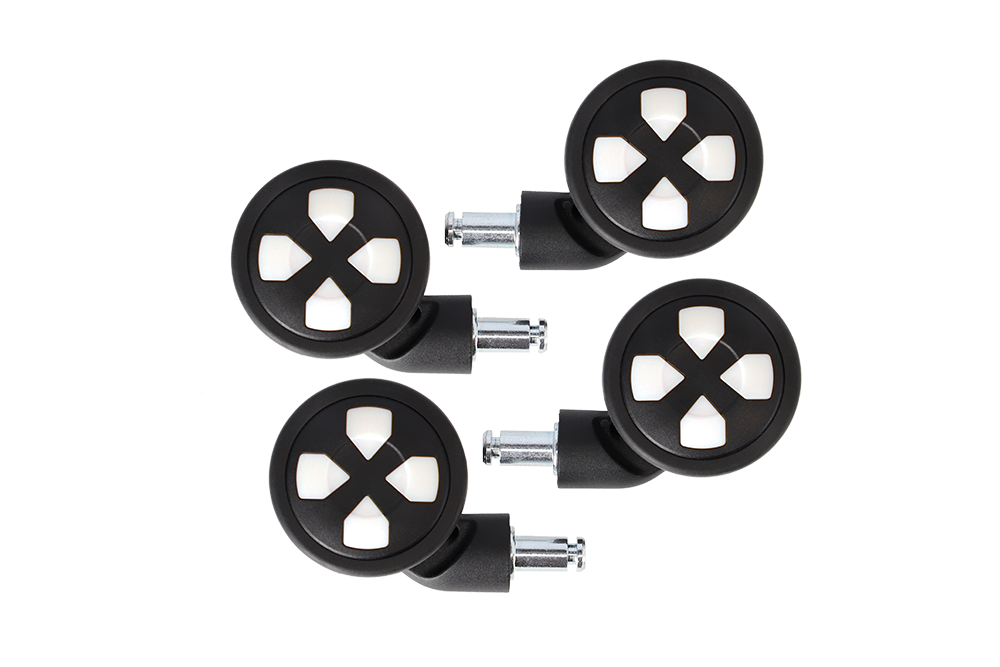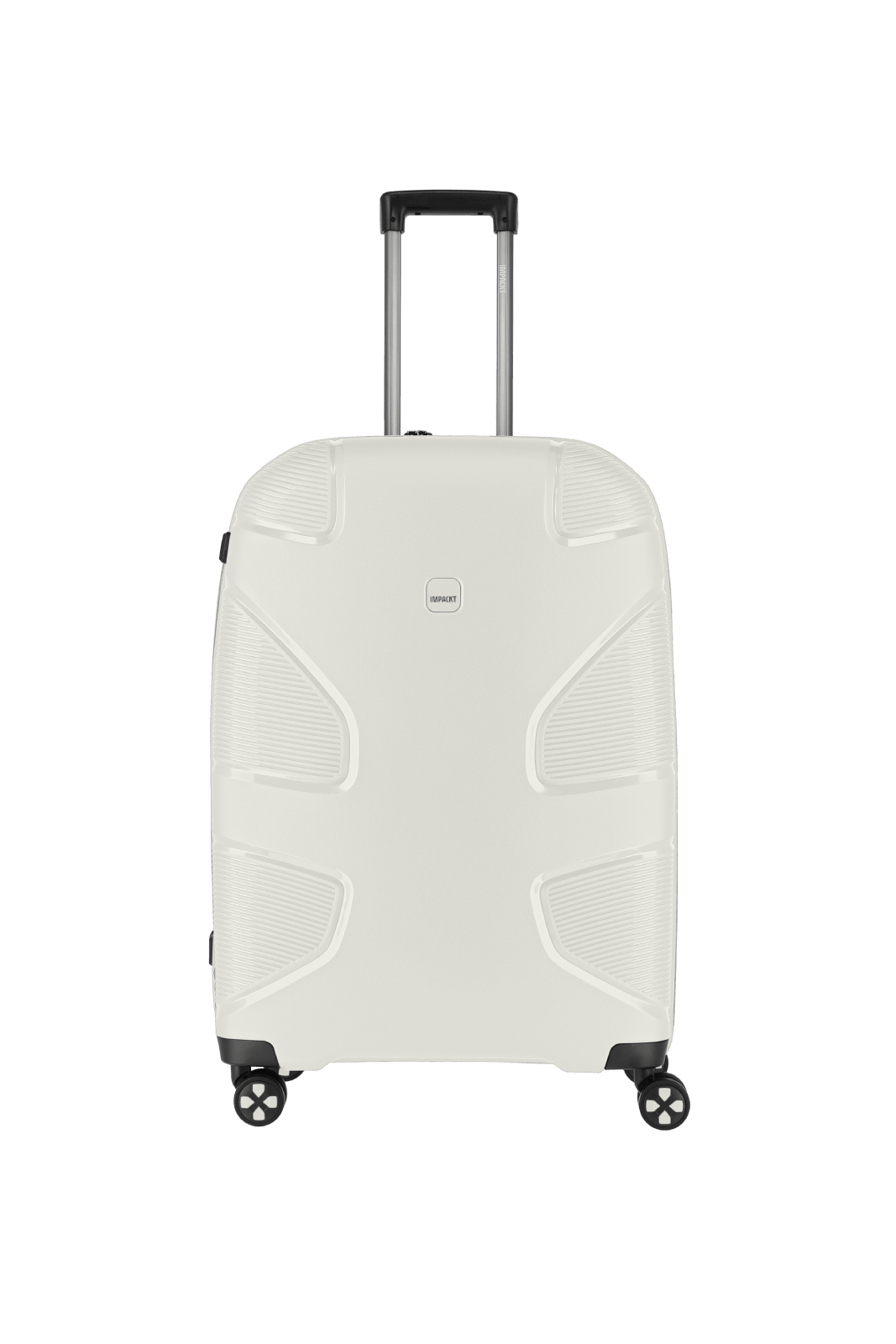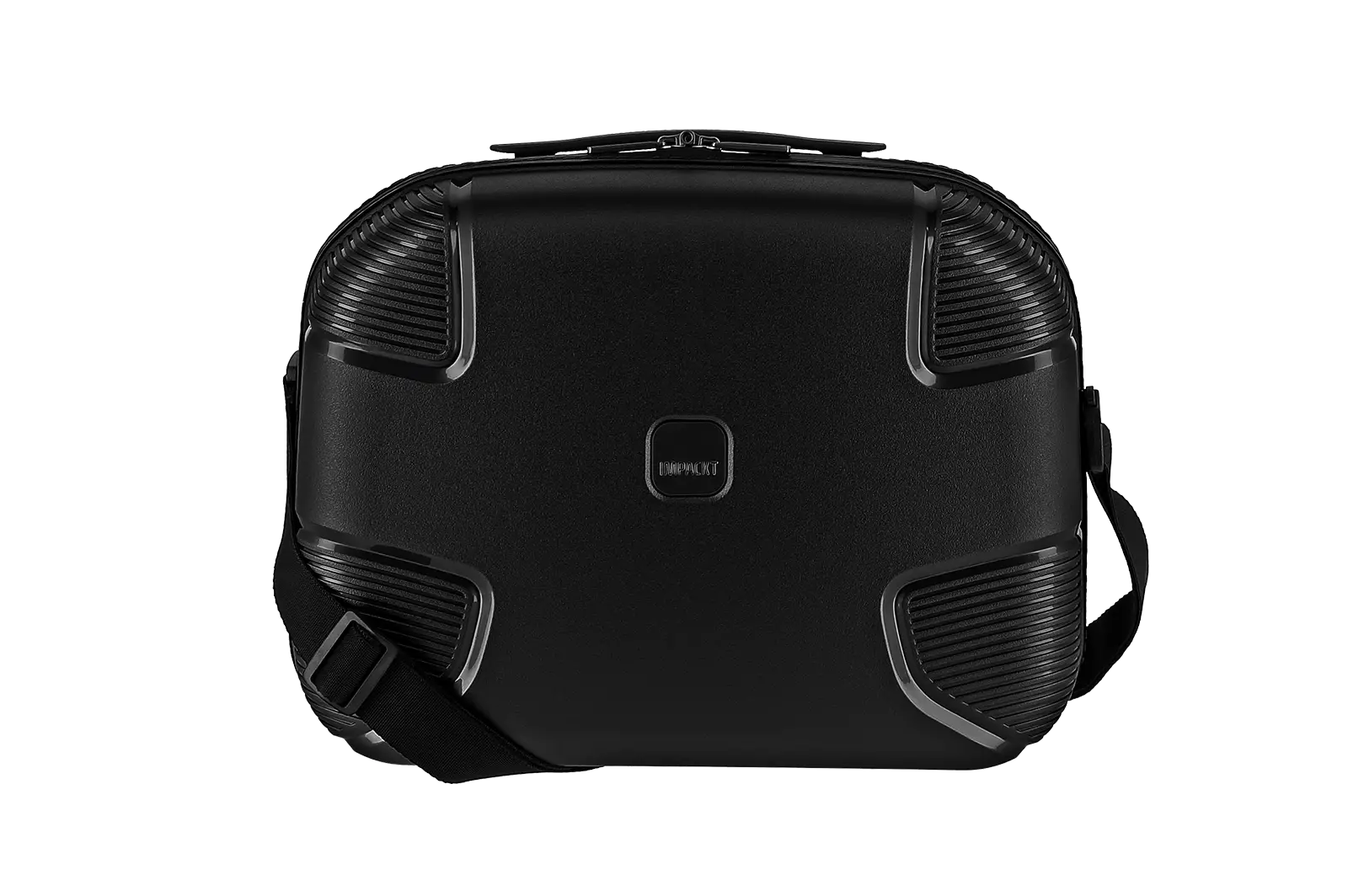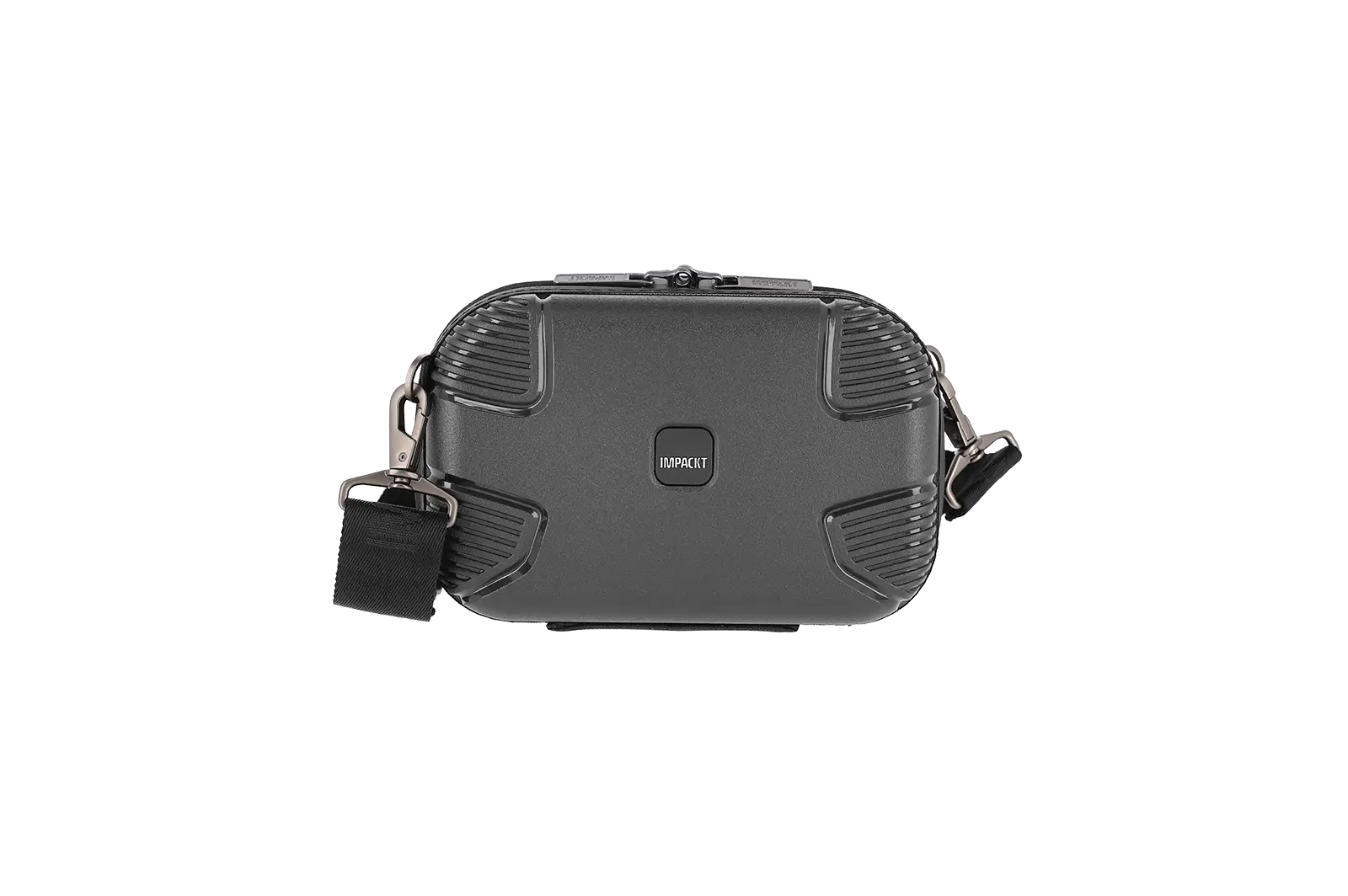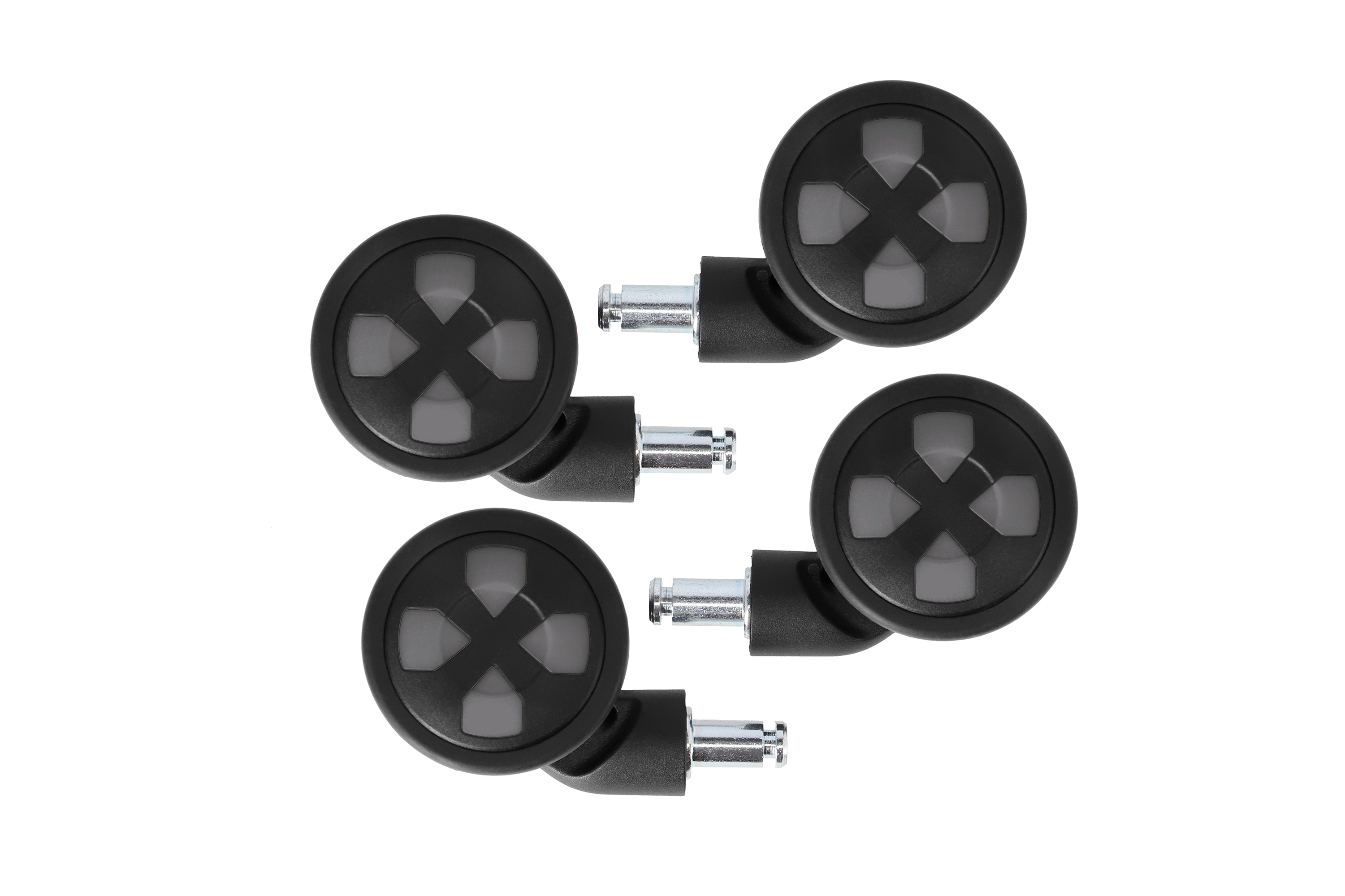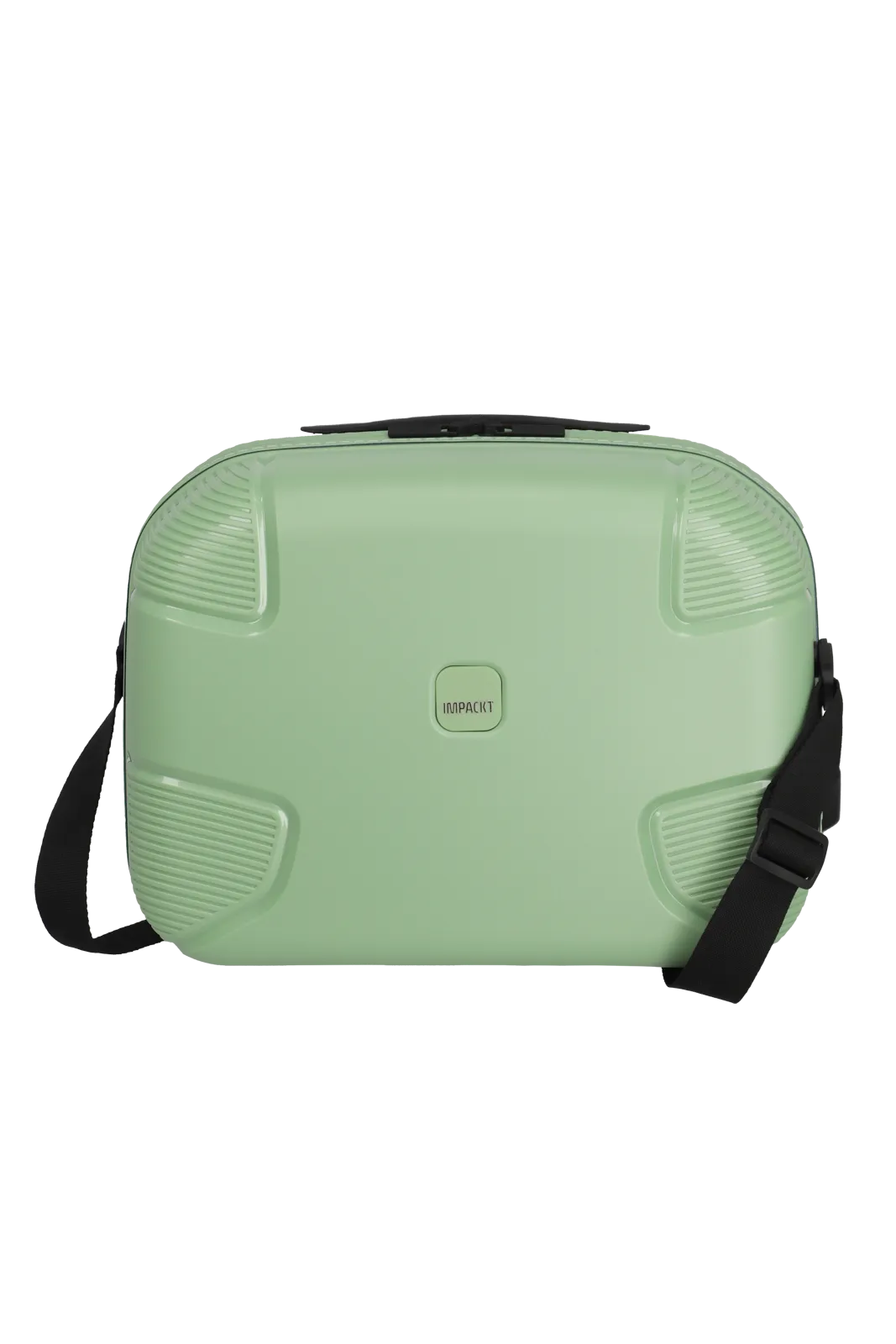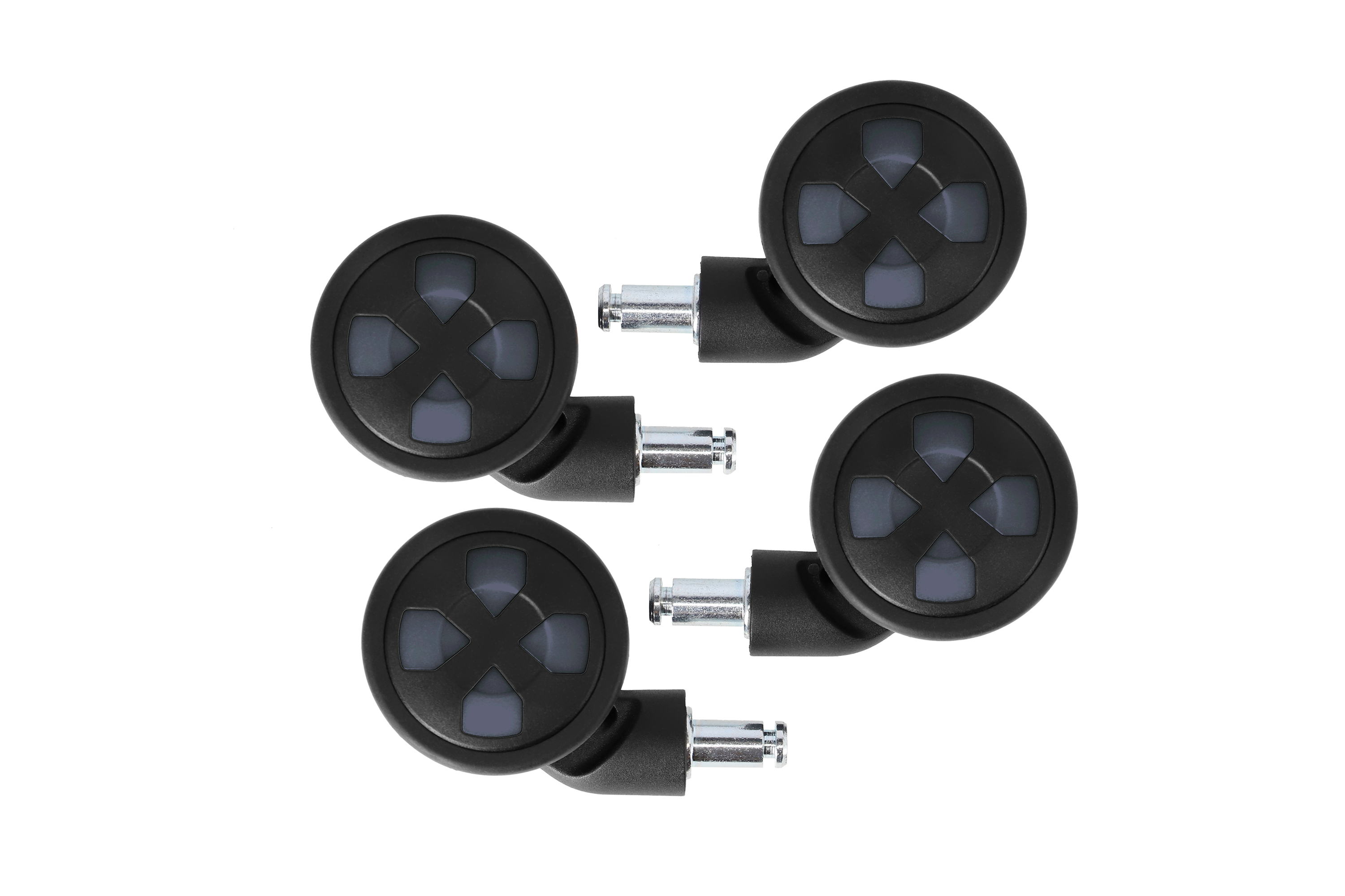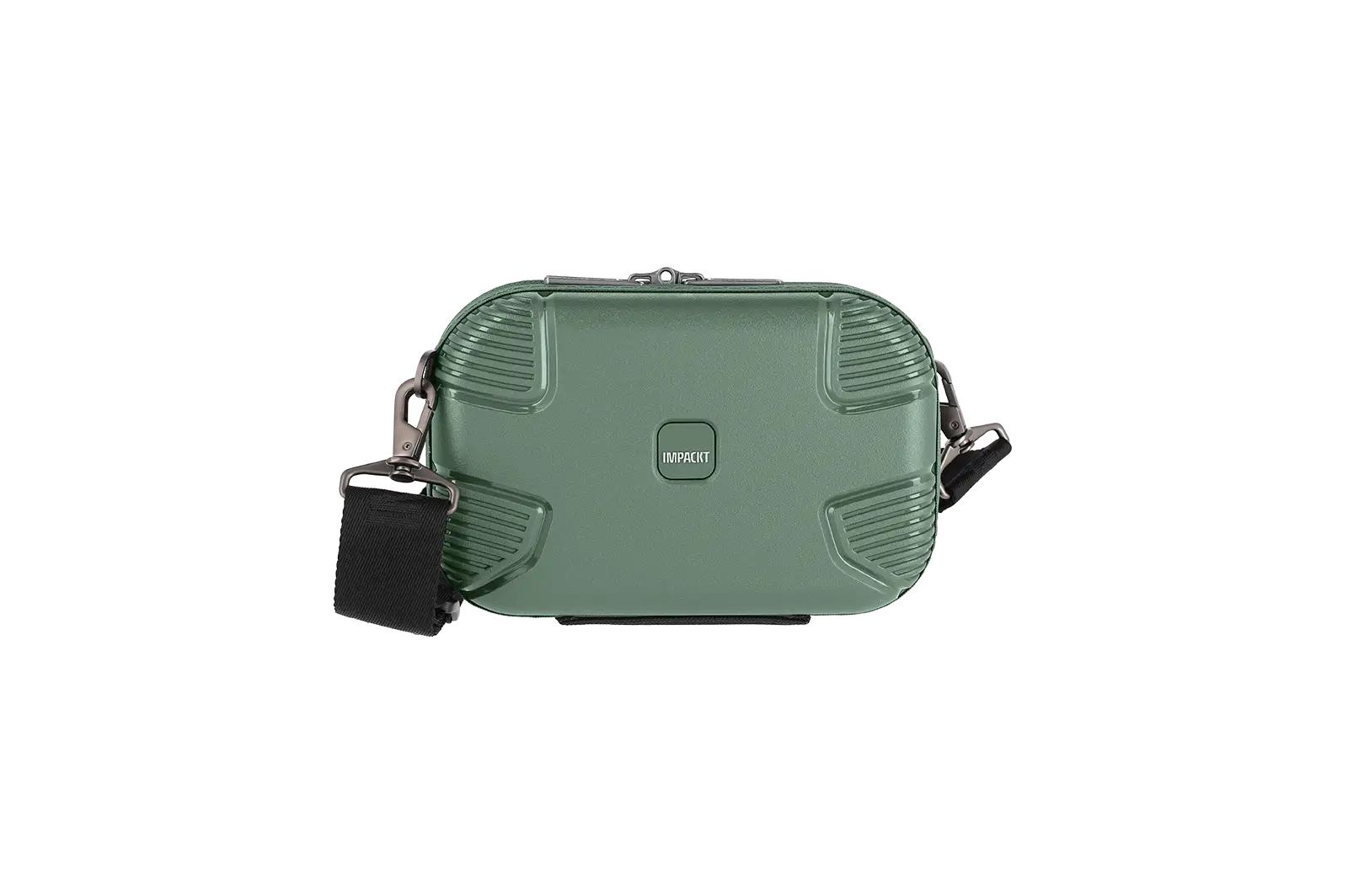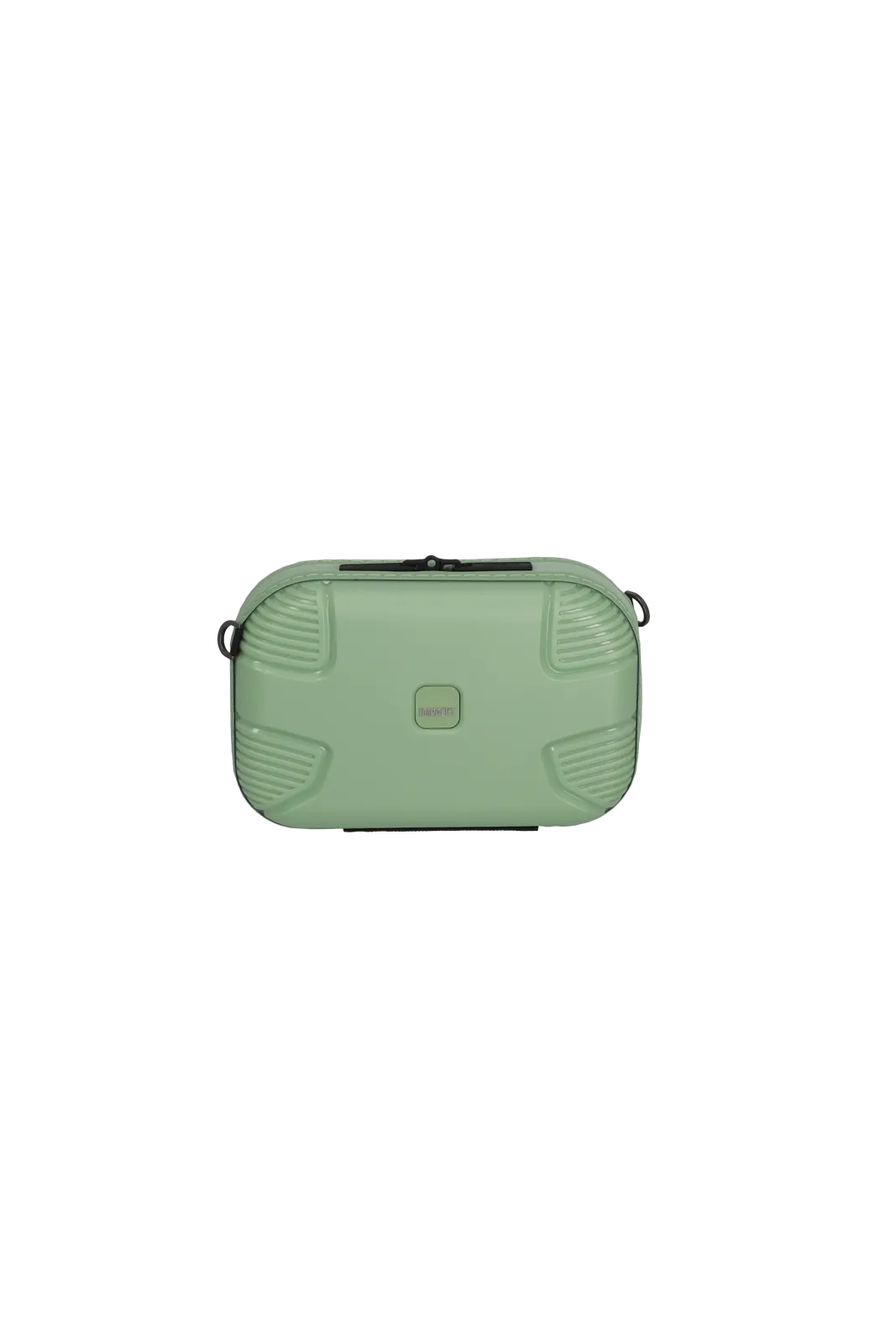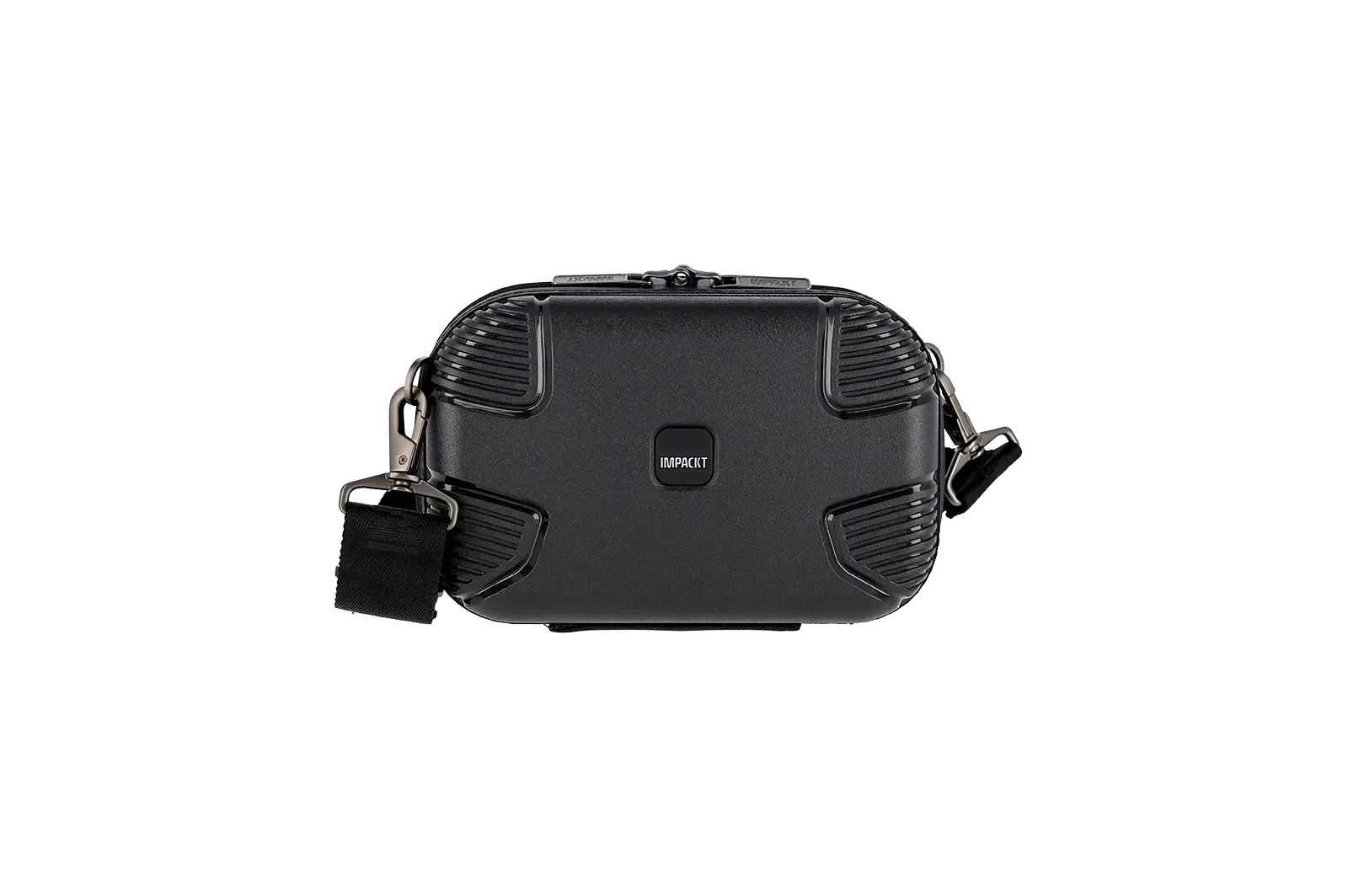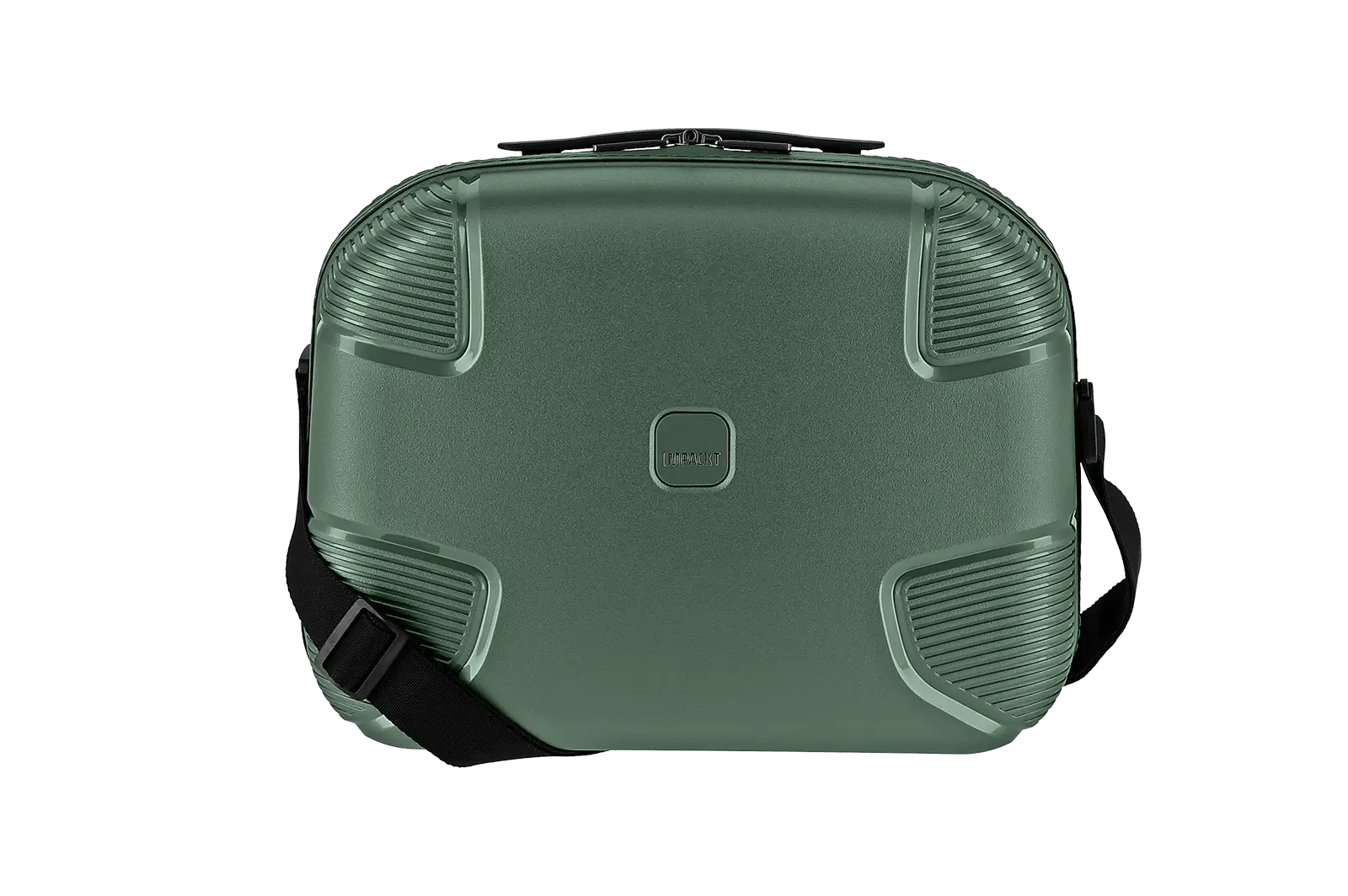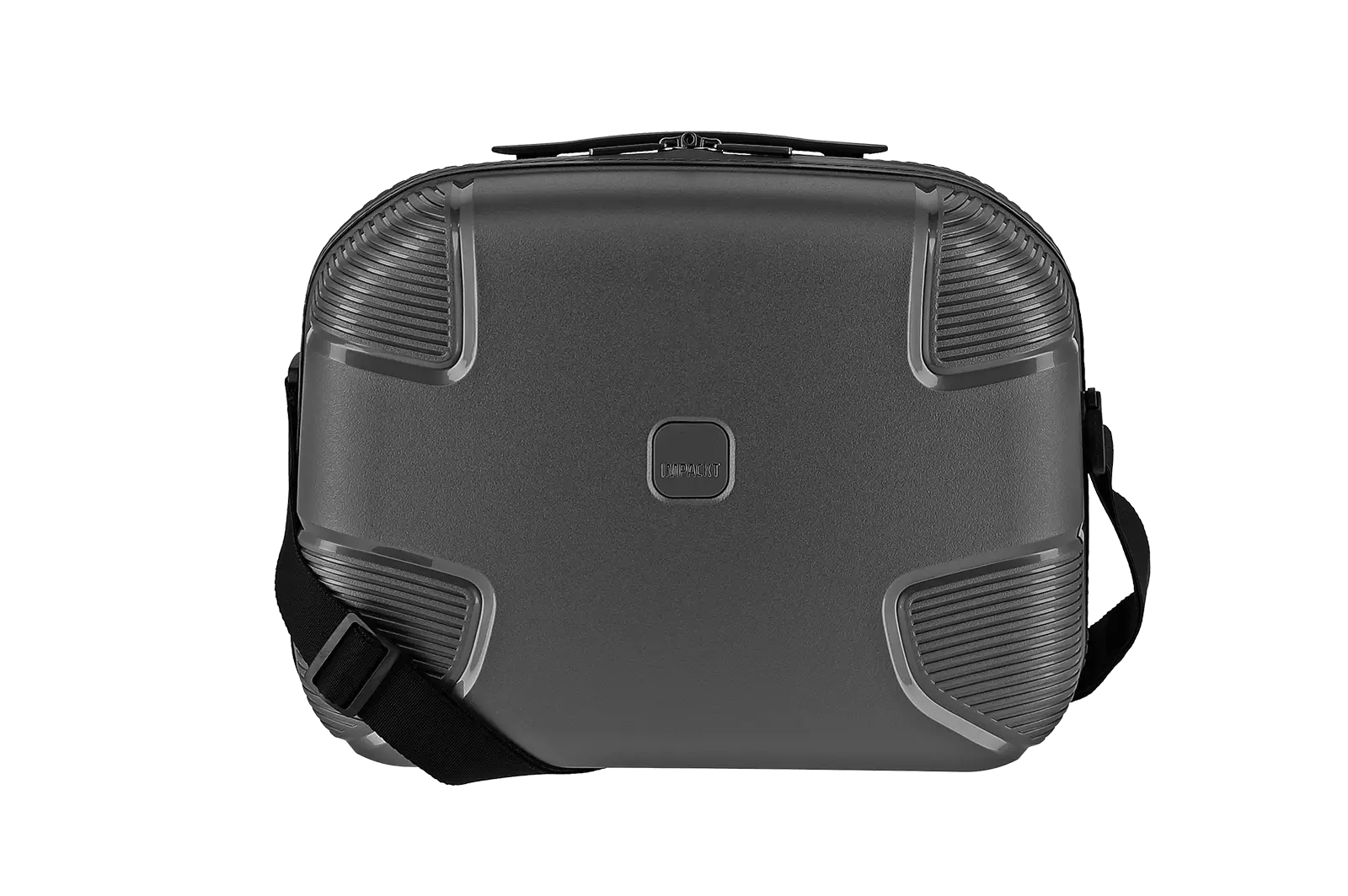

Overtourism: Barcelona, the beautiful Catalan city
Take a leisurely stroll along the colorful La Rambla and watch the street artists, marvel at Antonio Gaudí's masterpiece in the Sagrada Familia and then enjoy a refreshing dip in the Mediterranean Sea on the nearby city beach: That's an Instagram truth that, unfortunately, hardly ever works like that anymore. Join us in the second part of our three-part series on overtourism hotspots in Barcelona. We'll show you how you can visit the top destinations that are of course still worth seeing and also have some alternatives that are also worth a look.
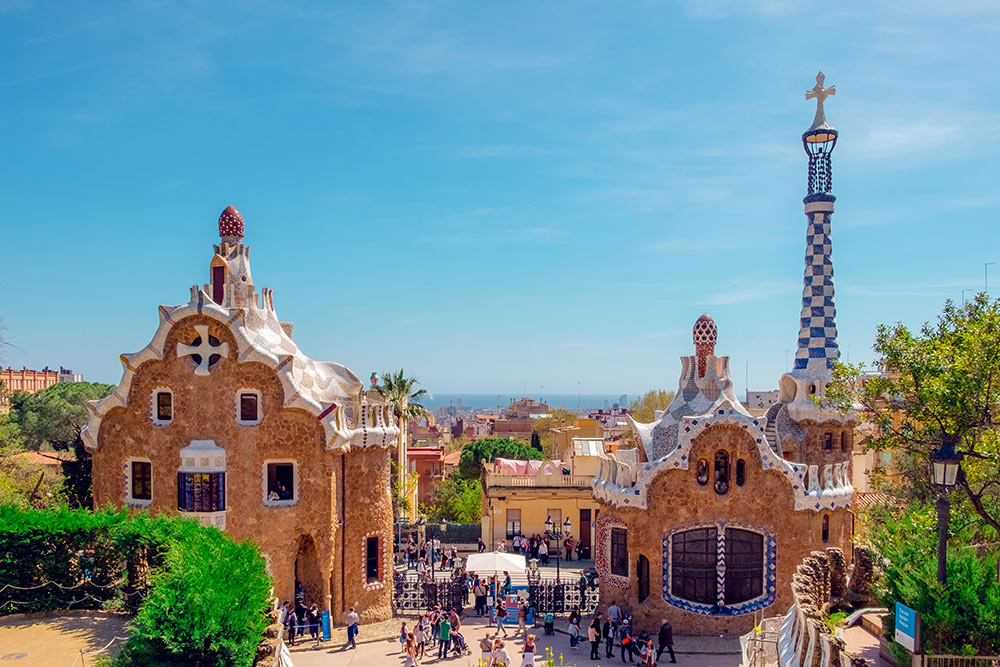
La Catedral de Barcelona
El Born
Air-raid shelters with panoramic views
For water rats
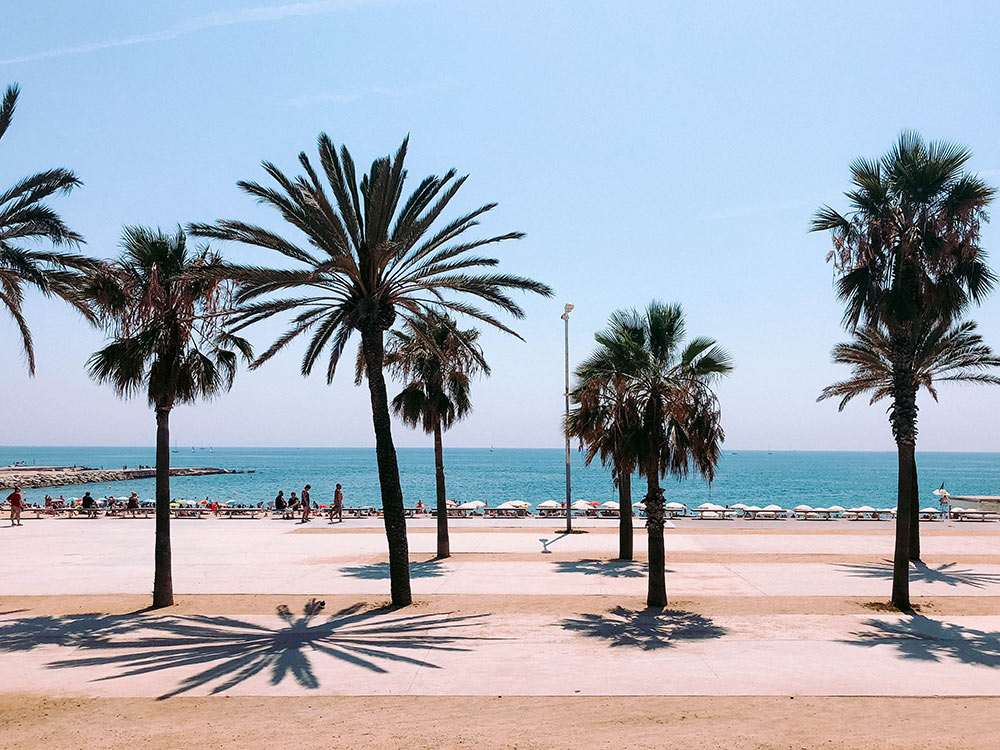
Eco Boutique Hostal Grau Barcelona
Girona
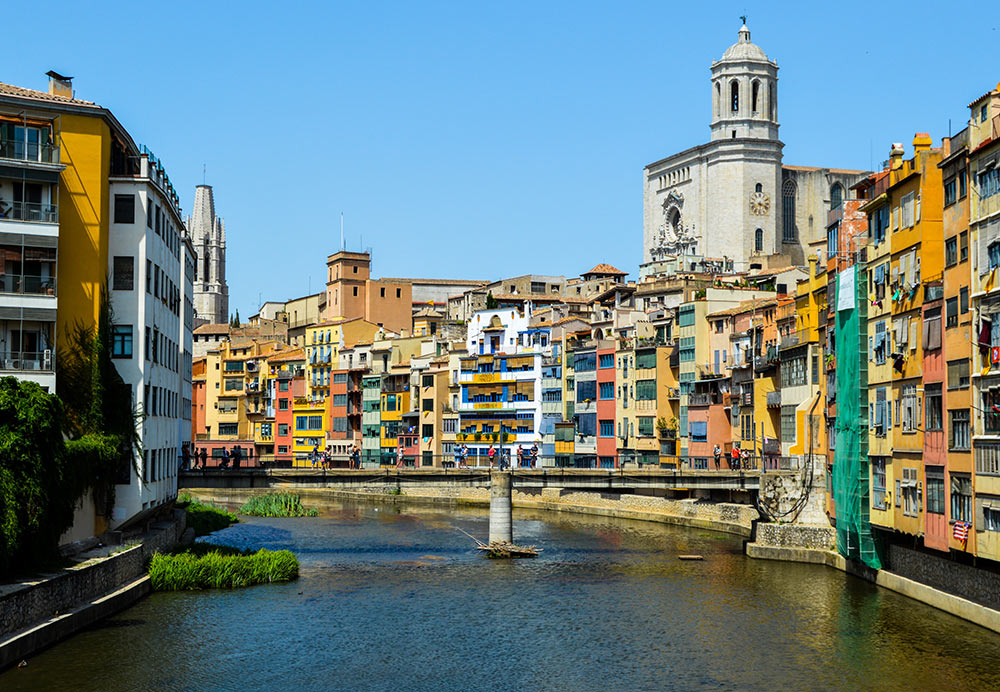
Valencia
Zaragoza
Barcelona
"The beautiful Catalan" ranks fourth among the cities in the world where the most selfies are taken, behind London, New York and Amsterdam. Park Güell, Gaudí's homage to nature, is the most photographed place in Spain. But the capital of Catalonia, whose area in the north-east of the Iberian Peninsula is bordered by mountains and the sea, is groaning under the masses of visitors year after year. And is looking for ways out.
Since Barcelona was spruced up for the 1992 Olympic Games, the flow of tourists has been swelling. The biggest change was the opening up to the sea. Before the Olympics, Barcelona was a "Mediterranean metropolis without a sea", cut off from the water by roads and industrial sites. Now the city has several kilometers of beach - another reason for a trip to Barcelona for the estimated 32 million visitors a year who meet the approximately 1.6 million inhabitants.
So the city is now always among the top places in a ranking of the most crowded places in the world. Easy accessibility by plane, the huge cruise ship port and marketing that has long relied solely on Antonio Gaudí mean that the city now suffers massively from overtourism.
But Barcelona has also been working on solutions during the pandemic. An app called Check Barcelona, for example, is designed to help manage visitor flows. It shows in real time how crowded the sights are and suggests alternatives. By 2026, the digitalization of tourist flows should function smoothly and provide relief. In addition, a number of restrictions have already been introduced to reduce the number of visitors. These include a ban on new hotels in the city center, a restriction on the number of hotel beds and a halt to plans to expand the airport. The next step is to reduce the number of cruise ships.
Discover Barcelona

Barcelona impresses with its grandiose buildings and monuments, among other things. The architect Antoni Gaudí designed remarkable masterpieces here, including several UNESCO World Heritage Sites. Gaudi installed thousands of mosaic tiles and dozens of sculptures in his Park Güell. The popular garden above the rooftops of the city is one of the artist's best-known legacies. Until a few years ago, the park was free to visit, which led to absolute overcrowding. Access is now subject to a fee and limited in time, but it is still always very well attended. Perhaps you would prefer to find your way into the greenery in the Parc del Laberint d'Horta, which is located off the beaten track on the slopes of Collserola. Created in the 18th century for the Catalan nobility, the park is now the oldest surviving green space in Barcelona.
Patience is also required at the city's most famous construction site: Gaudí's masterpiece, the Sagrada Familia church. The unusual place of worship attracts almost five million visitors every year, who dutifully stand for hours in the sweltering heat amidst the construction noise and dirt to get a glimpse of the interior. Every minute, another bus full of tourists joins the convoy that tirelessly circles the Sagrada and blows its exhaust fumes into the faces of those waiting. We advise you to opt for other spots in Barcelona. No less impressive. But less crowded.
Our Barcelona tips:
La Catedral de Barcelona
In the shadow of the Sagrada Familia are some churches that are well worth a visit and attract far fewer tourists. Barcelona Cathedral, for example. The Gothic-style church reflects many eras, especially in its interior. The roof ridge has been open to visitors for a few years and offers the best views of the city, including the Sagrada Familia.
El Born
In the El Born district, you can lose yourself in the maze of countless alleyways. In the Zona del Esquirol, the shop windows of young fashion stores showcase their unique pieces, ranging from flashy to beautiful. In between, art galleries, craft stores and delicatessen bars and restaurants mingle. The hip district stretches roughly between the Santa Maria del Mar church and the Picasso Museum. Take a break in the nearby Parc de la Ciutadella park.
Air-raid shelters with panoramic views
The best views of Barcelona's panorama can be seen from the former air-raid shelters on the Turó de la Rovira hill, a twenty-minute walk from Park Güell. The bunkers are all that remains of the anti-aircraft battery that was built to defend Barcelona during the Spanish Civil War. The ruins are a popular meeting place. The site, which also houses exhibitions on the history of Barcelona during the Civil War and the post-war period, is extensive and offers a 360-degree view of the city. Some of the bunkers can also be visited, the most famous of which is probably Refugi 307 at Poble Sec as part of the Historical Museum of Barcelona.
For water rats

The city beaches are not always clean and are always crowded. However, if you drive a little further up the coast, you will find beautiful bays such as Masnou, Ocata and Montgat beaches. Make sure you make time for the "xiringuito", the beach bars where you can get drinks and snacks!
Although Barcelona has a well-established public transport system, it's not always the smartest way to get around. It can quickly become cramped and hot on buses and trains. But the city is also very easy to walk around, and the architecture makes every stroll a pleasure. And if your feet are burning, get on your bike. Barcelona has a great cycling infrastructure, maybe even try it out on a bamboo bike?
When to ride? Where to sleep?
As with other hot spots, the same applies to Barcelona: avoid the most popular travel times from April to May and from June to July. September, for example, is low season in Barcelona and there are fewer tourists in the city. The temperatures are still ideal for beach visits. Beaches and restaurants are less crowded.
Thinking about slow travel instead of short trips is also more environmentally friendly, as the length of the stay should be in relation to the distance traveled. Instead of a short weekend getaway, you can explore the city and the surrounding region at the same time - and choose accommodation outside the city.
And the same applies in Barcelona: look carefully at what you book and with whom. Tempting AirBnB offers are often part of the problem because they profitably convert urgently needed living space for locals. Stick to long-established hotels or look for offers with a focus on sustainability. We have picked out two for you:
Yök Casa + Cultura Apartments
If you want to get to know Barcelona away from the crowds and find out where the locals eat and drink, this is the place for you. The apartments are not a hotel in the conventional sense; hotel manager Mari Marañís Rodríguez and eco-designer Petz Scholtus have realized their dream of creating a design-oriented and environmentally friendly place to welcome guests. From the balconies, you can look out over green trees, even though you are in the middle of Barcelona.
Eco Boutique Hostal Grau Barcelona
The family-run, carbon-neutral boutique hotel offers a blend of modernity, sustainability and traditional Catalan charm. Located in the heart of the lively Ciutat Vella district, this little eco-oasis is just a stone's throw away from many local attractions, such as Las Ramblas, the Gothic Quarter and the MACBA (the contemporary art gallery). Sustainability is firmly anchored at Hostal Grau. In addition to recycled furniture, organic cotton linen and energy-saving lighting, each room is equipped with a "green switch" that allows you to turn off the power when you're out exploring.
Alternatives to Barcelona:
Girona

Located one hundred kilometers north-east of Barcelona, the city of just over 100,000 inhabitants offers medieval architecture and a fascinating setting: it lies at the foot of the Pyrenees on four rivers, the Ter, Onyar, Galligants and Güell. The most famous sight is Les Cases de l'Onyar, the houses of the Onyar. Some of the colorful facades date back to the 19th century and have formed a unique waterway since their renovation in the 1980s. The two opposite banks are connected by two bridges designed by the same architecture firm as the Eiffel Tower.
Valencia
Oranges grow by the roadside, paella was invented here and the cathedral is home to a special treasure - but Valencia has even more to offer. With its historic old town, penchant for paella and quiet beaches, it's a great place for a vacation, just without the crowds. Valencia is known above all as a city of arts and sciences.
Zaragoza
The capital of Aragon, Spain's fifth largest city, with more than 2,000 years of history, is known for its El Pilar Basilica, its Roman past and its cultural and gastronomic diversity. Its location between other major Spanish cities makes the provincial capital on the Ebro an ideal destination for a city break. Thanks to its international airport, high-speed train station and star-shaped road network, Zaragoza is only two to three hours away from the most important destinations in northern and central Spain as well as southern France. In the next and final part of our series, we summarize socially and environmentally friendly tips for the hot spot Amsterdam.

